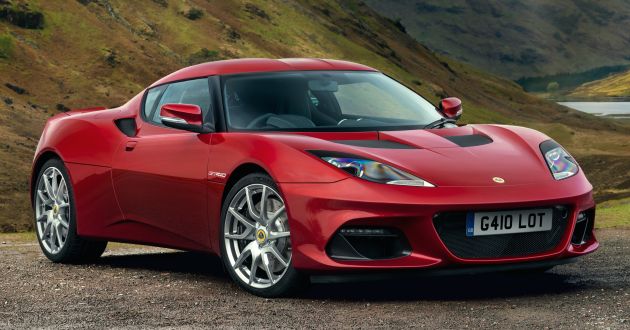Lotus is working on an entry-level model that will go on the opposite end of its line-up from its all-electric hypercar, the 2,000 PS/1,700 Nm Evija, and which will also be the British sports car maker’s last internal combustion-engined model before future models bring electrification, Automotive News Europe reports.
This entry-level model aims to provide sufficient interior space for everyday usage, will feature design cues that draw from the Evija, and pricing is aimed to be in the region of 55,000 and 100,000 pounds sterling (RM295,449 to RM537,180), Lotus CEO Phil Popham was reported as saying in an interview.
This will be built at an extension of the firm’s plant in Hethel that is being built, and production of this new model will start next month after the lockdown in the United Kingdom is lifted, he said. The forthcoming, entry-level model is set to be unveiled sometime late this year or early in 2021, according to the report.
This will be Lotus’ way of offering a more user-friendly model that will boost sales volume in the meantime, before an all-new SUV joins the brand’s product line-up, which will most likely be built in China.
With Lotus’ plan to maximise the 5,000-unit annual production capacity of its existing plant, the new model would likely not be an all-new platform, and instead be an adaptation of an existing model such as the Evora, which is the largest of the current ICE-powered range.
“Our focus now is on sports cars, but we do think the brand has the potential to move into other segments, and Geely has expertise in areas such as electrification and autonomous driving,” said Popham. The fully electric Evija will enter production before the end of the year, said the CEO, and deposits have been taken for the full run of 130 units.
GALLERY: Lotus Evora GT410
Source: Read Full Article


